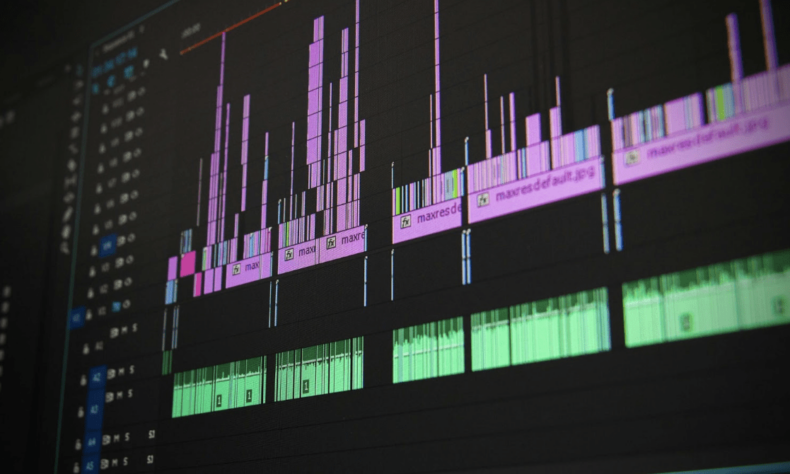
The popularity of TikTok, Instagram reels, podcasts, video essays, and other similar projects has inspired many creators to enter the public arena with their own content. The desire to stand out among other content creators often sends people looking for unique music to include in their videos to give them a distinctive brand.
These content creators must be cautious in their selection. Using copyrighted music can result in a costly copyright strike or demonitization, so content creators often look for copyright-free music or royalty-free music. People often confuse the two, which can be detrimental to creators who make content for a living and people who just upload fun videos on occasion.
To avoid confusion that could lead to copyright strikes, legal issues, and licensing fees, it’s important to understand the distinction between these two types of music.
Understanding Copyright Basics
Copyright protects creators and gives them the exclusive right to determine how their original work is used. Original works are art, books, films, music, and software. Once a work is created, it is copyrighted automatically.
Another person cannot use copyrighted material without permission. This includes creating new works based on the original, distributing the original, displaying it, performing or reproducing it.
Copyright protects creativity so creators can benefit and control their original works. Copyright law also sets an expiration for copyright and has limits on the copyright, such as fair use.
Copyright infringement can be costly. In one year, 70.6% of the copyright offenses involved infringements amounting to $1 million or less, with the average around $229,302. [United States Sentencing Commission, 2021]
Even powerful companies can be sued for copyright infringement, though these cases are often difficult to prove.
Copyright-Free in the Public Domain
Copyright-free original works are no longer protected by copyright and can be used by anyone. The creator no longer needs to grant permission, receive payment, or be credited. This happens when an original work enters the public domain because the copyright has expired.
In 2025, thousands of original works passed into the public domain, including books by William Faulkner, Ernest Hemingway, Virginia Woolf, and many more. Popular characters Popeye and Buck Rogers also became public domain. [Duke University, 2025]
Musical compositions from before 1929 are now in the public domain. Sound recordings have a different rule, and those before 1923 are no longer copyrighted. Though a song’s composition may be in the public domain, the recording of that song may still be copyrighted.
Royalty Free Music and Clear Usage Rights
Royalty-free music is different in that permission for use is granted after a one-time fee. Sometimes this fee is free, depending on the source of the music. The free grants the rights to use the music track under certain conditions, and the purchaser doesn’t have to pay ongoing royalties or licensing fees. Sometimes attribution is required for use.
It is important for content creators to understand that royalty-free music is still under the protection of copyright, and the creator still retains all their rights. This makes royalty-free music a good choice for content creators who make podcasts, long-form videos, games, and so forth.
Frequently Asked Questions
Q1: Can copyright-free music be used in commercial projects?
Copyright-free music can be used in commercial projects once it is verified that the music is in the public domain. It is best to check for any attribution requirements before proceeding with its use.
Q2: Does royalty-free music require attribution?
Though this isn’t common, the specific license agreement associated with the one-time fee should be reviewed to make sure the user complies.
Q3: How can it be verified that music is truly copyright-free?
To verify music is copyright-free, the user should use due diligence to check various sources to verify publication dates, and can also check with the United States Copyright Office database.
Q4: What will happen if copyrighted music is used without permission?
If copyrighted music is used without the creator’s permission, the user is risking copyright strikes, monetization loss, and possible litigation.
The information provided in this article is for general informational and educational purposes only. It is not intended as legal, financial, medical, or professional advice. Readers should not rely solely on the content of this article and are encouraged to seek professional advice tailored to their specific circumstances. We disclaim any liability for any loss or damage arising directly or indirectly from the use of, or reliance on, the information presented.
📰 Crime Today News is proudly sponsored by DRYFRUIT & CO – A Brand by eFabby Global LLC
Design & Developed by Yes Mom Hosting






